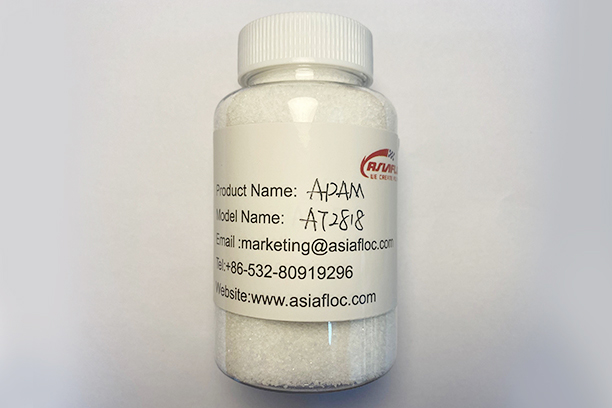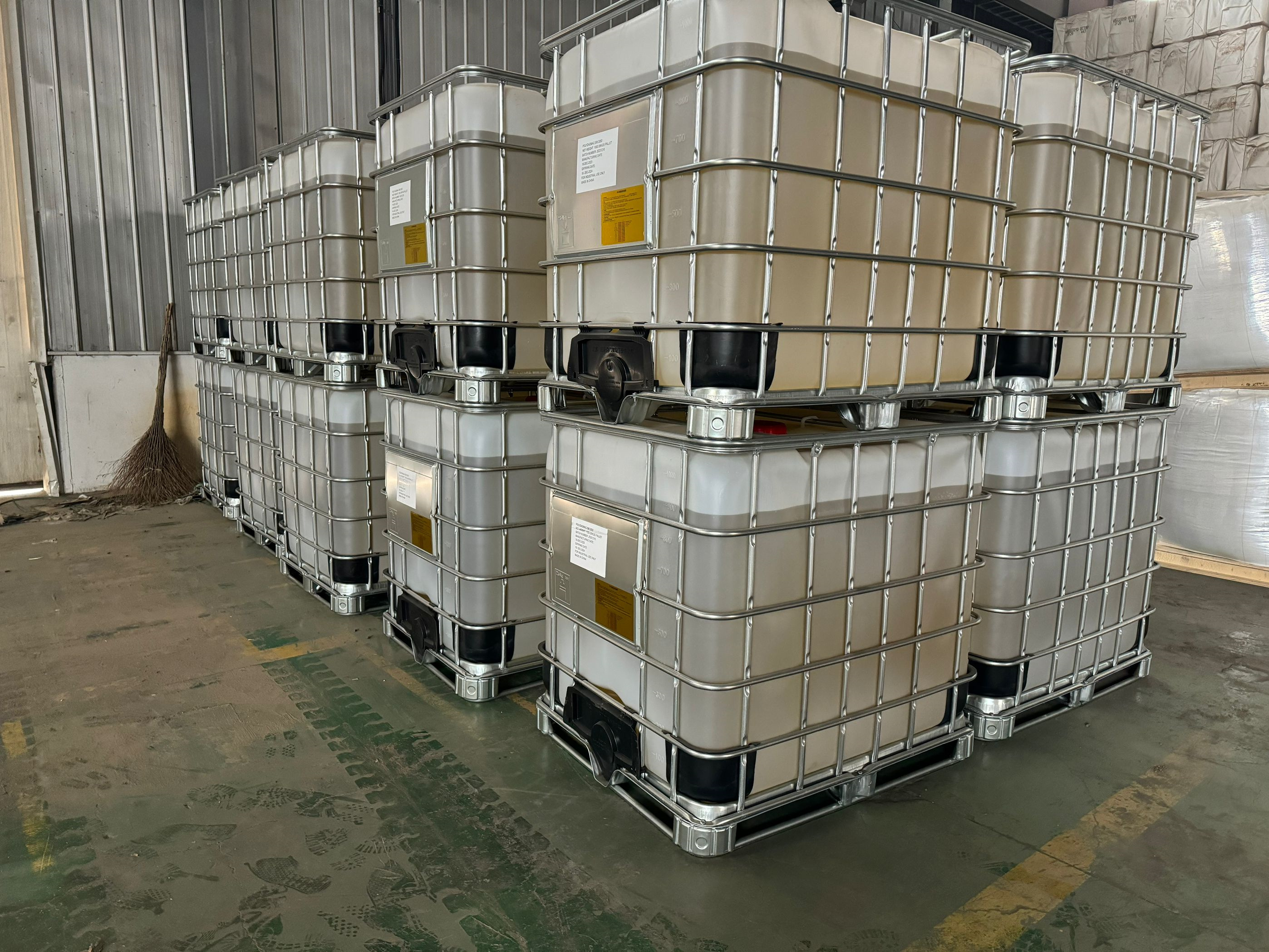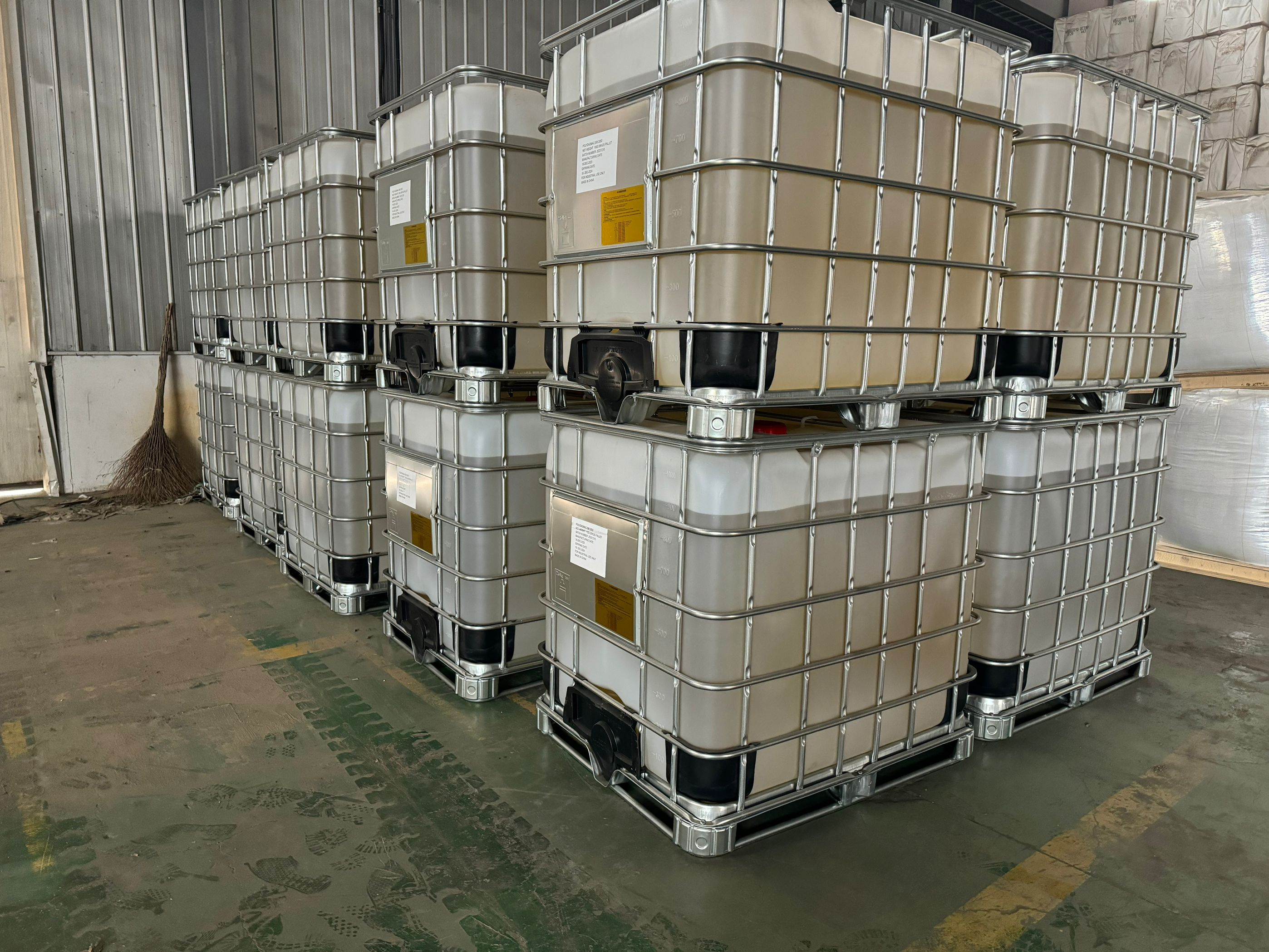Application of PAM in water treatment industry mainly includes three aspects: raw water treatment, sewage treatment and industrial water treatment. In raw water treatment, PAM and activated carbon used together, can be used for coagulation and clarification of suspended particles in living water; In sewage treatment. PAM can be used for sludge dewatering; In industrial water treatment, mainly used as a formula. Using organic flocculant PAM instead of inorganic flocculant in raw water treatment, water purification capacity can be increased by more than 20% even without reforming sedimentation tank. So at present, many large and medium-sized cities in the water supply shortage or poor water quality, are using PAM as a supplement. In wastewater treatment, PAM can increase the utilization rate of water reuse cycle.
Application of polyacrylamide (Magnafloc 611) in water treatment and beneficiation
Color
- white powder
Application
- water treatment
Certificate
- iso9001
Place of Origin
- china
Other Names
- flocculant
CAS No
- 9003-05-8
Application of polyacrylamide (Magnafloc 611) in water treatment and beneficiation
1. Water treatment
Application of PAM in water treatment industry mainly includes three aspects: raw water treatment, sewage treatment and industrial water treatment. In raw water treatment, PAM and activated carbon used together, can be used for coagulation and clarification of suspended particles in living water; In sewage treatment. PAM can be used for sludge dewatering; In industrial water treatment, mainly used as a formula. Using organic flocculant PAM instead of inorganic flocculant in raw water treatment, water purification capacity can be increased by more than 20% even without reforming sedimentation tank. So at present, many large and medium-sized cities in the water supply shortage or poor water quality, are using PAM as a supplement. In wastewater treatment, PAM can increase the utilization rate of water reuse cycle.
2. Oil production
In petroleum exploitation, it is mainly used in drilling mud materials and improving oil recovery rate, widely used in drilling, completion, cementing, fracturing, enhanced oil recovery and other oilfield exploitation operations, with viscosity, filtration loss, rheological regulation, gelling, diversion, profile adjustment and other functions. At present, China's oilfield exploitation has entered the middle and late stage. In order to improve oil recovery, polymer flooding and asp flooding technology are mainly promoted at present. By injecting polyacrylamide aqueous solution, the oil-water velocity ratio was improved, and the crude oil content in the produced product was increased. Polymer flooding technology has been widely used in Daqing oilfield and Shengli oilfield in China due to the special geological conditions.
3 Paper making
PAM is widely used as a resident agent, filter aid and homogenizer in the field of paper making. Its function is to improve the quality of paper, improve pulp dehydration performance, improve the retention rate of fine fiber and filler, reduce the consumption of raw materials and environmental pollution. The effect of its use in papermaking depends on its average molecular weight, ionic properties, ionic strength and the activity of other copolymers. Non-ionic PAM is mainly used to improve the filter properties of pulp, increase the strength of dry paper, improve the retention rate of fiber and filler; Anionic copolymer is mainly used as dry and wet intensifier and resident agent of paper; Cationic copolymers are mainly used in papermaking wastewater treatment and filtration aid, and also have good effect on improving the retention rate of fillers. In addition, PAM is also used in papermaking wastewater treatment and fiber recovery.
Textile printing and dyeing industry
In the textile industry, PAM as fabric post-treatment sizing agent, finishing agent, can generate a soft, wrinkle resistant, mold resistant protective layer. The yarn breaking rate can be reduced by using its high moisture absorption. PAM as post-treatment agent can prevent static electricity and flame retardant fabric; When used as printing and dyeing auxiliaries, it can make the products adhere to a high fastness, high brightness, and can also be used as a non-silicon polymer stabilizer for bleaching. In addition, it can also be used for efficient purification of textile printing and dyeing wastewater.
Antidotes for nerve gas
To detoxify sarin (a nerve agent, organophosphorus compound, organoposposphates), usually NH2OH, hydroxylamine, The phosphate-containing compound attached to the acetylcholine is removed so that it can be reactivated for the hydrolysis of acetylcholine, but at high concentrations of hydroxylamine that are also toxic. Therefore, the replacement method is PAM therapy. PAM of 10-6M is detoxification of IM hydroxylamine. In addition to PAM, there should be other compounds as nerve antidotes, such as Obidoxime and HI-6. The three antidotes all contain the nucleophilic group of R2NOH, and each antidotes has slightly different detoxification effects against different nerve agents.
6 Other Areas
In the field of mining, coal washing, the use of PAM as flocculant can promote mining, coal washing recovery of solid water settlement, water clarification, while recycling useful solid particles, to avoid environmental pollution; In sugar industry, it can accelerate the sinking of fine particles in sugarcane juice, promote the filtration and improve the clarity of filtrate. In the aquaculture industry, can improve water quality, increase the light transmittance of water, so as to improve the photosynthesis of water; In the pharmaceutical industry, it can be used as flocculant for the separation of antibiotics, as adhesive for tablets and process water clarification agent, etc. In the building materials industry, it can be used as thickening and dispersing agent of coating, saw stone plate coolant and ceramic adhesive, etc. In agriculture, can be used as high water absorption materials can be used as soil humectant and seed culture agent. In the construction industry, it can enhance the hardness of gypsum cement and speed up the dehydration of asbestos cement. In addition, it can also be used as protective coating for natural or synthetic leather and granulation agent for inorganic fertilizer.
Physical and chemical indicators:
The product, commonly known as flocculant or coagulant, is a linear polymer with a molecular weight between 3 million and 25 million. The solid product is white powder externally, and the liquid is colorless and viscous colloidal, easily soluble in water, almost insoluble in organic solvents. The application should be dissolved at room temperature and decomposed easily when the temperature exceeds 150℃. It is non-dangerous goods, non-toxic and non-corrosive. Solid PAM has hygroscopicity, flocculation, adhesion, resistance reduction, thickening, and good stability.
Usage:
1. Dissolution method
Before use, the solid particles should be dissolved into an aqueous solution with a concentration of 1‰- -5‰, so as to play an effective role quickly. In dosing, should take a gradual way of medicine, slowly into the water, then evenly dispersed in the water, dissolved.
2. Add solution
The aqueous solution of about 0.5‰- -1‰ is usually added, but in the case of high concentration and high viscosity of suspension, it is recommended to dilute the aqueous solution further to 0.1‰, so that it will be easy to mix and give full play to the effect.
3. Cations have lower molecular weight than anions and therefore weaker viscosity than anions, so the concentration standard of cations and non-ionic ratios is slightly higher than anions. Low turbidity can be increased by appropriate concentration). The recommended concentration is 5‰--1%.
Note:
1. The preparation of PAM solution should be carried out in enamel, galvanized, aluminum or plastic buckets, not in iron containers.
2. When dissolving, attention should be paid to adding the product evenly and slowly into the dissolver with stirring and heating measures. Consolidation should be avoided, the solution should be prepared at an appropriate temperature, and excessive mechanical shearing for a long time should be avoided. Recommended agitator 60-200 RPM /min, otherwise it will lead to polymer degradation, affect the use effect.
3. PAM aqueous solution should be used now, when the solution is placed for a long time, its performance will gradually decrease depending on the water quality.
4. After adding flocculant aqueous solution to the suspension, if stirred intensely for a long time, it will destroy the formed flocculant.






